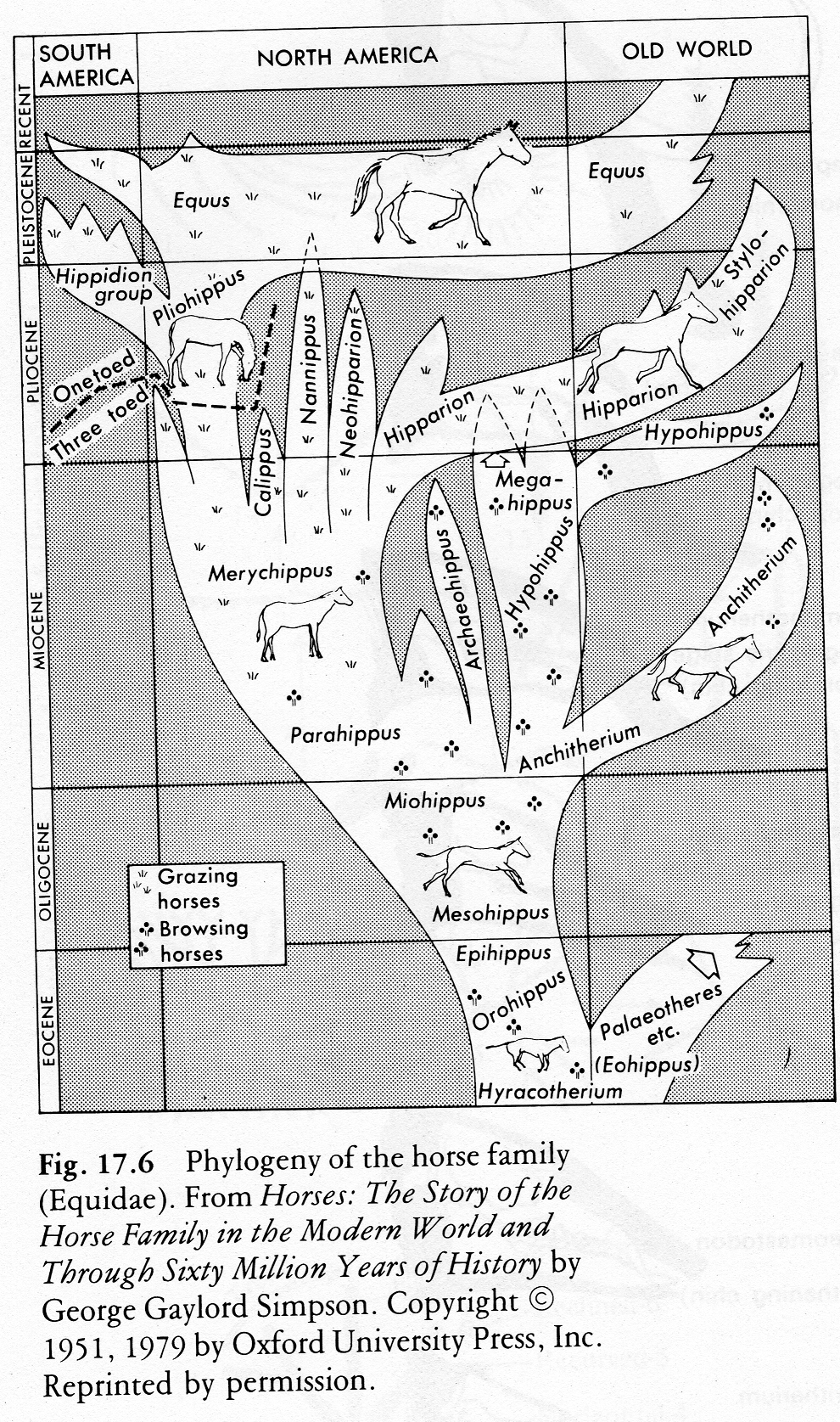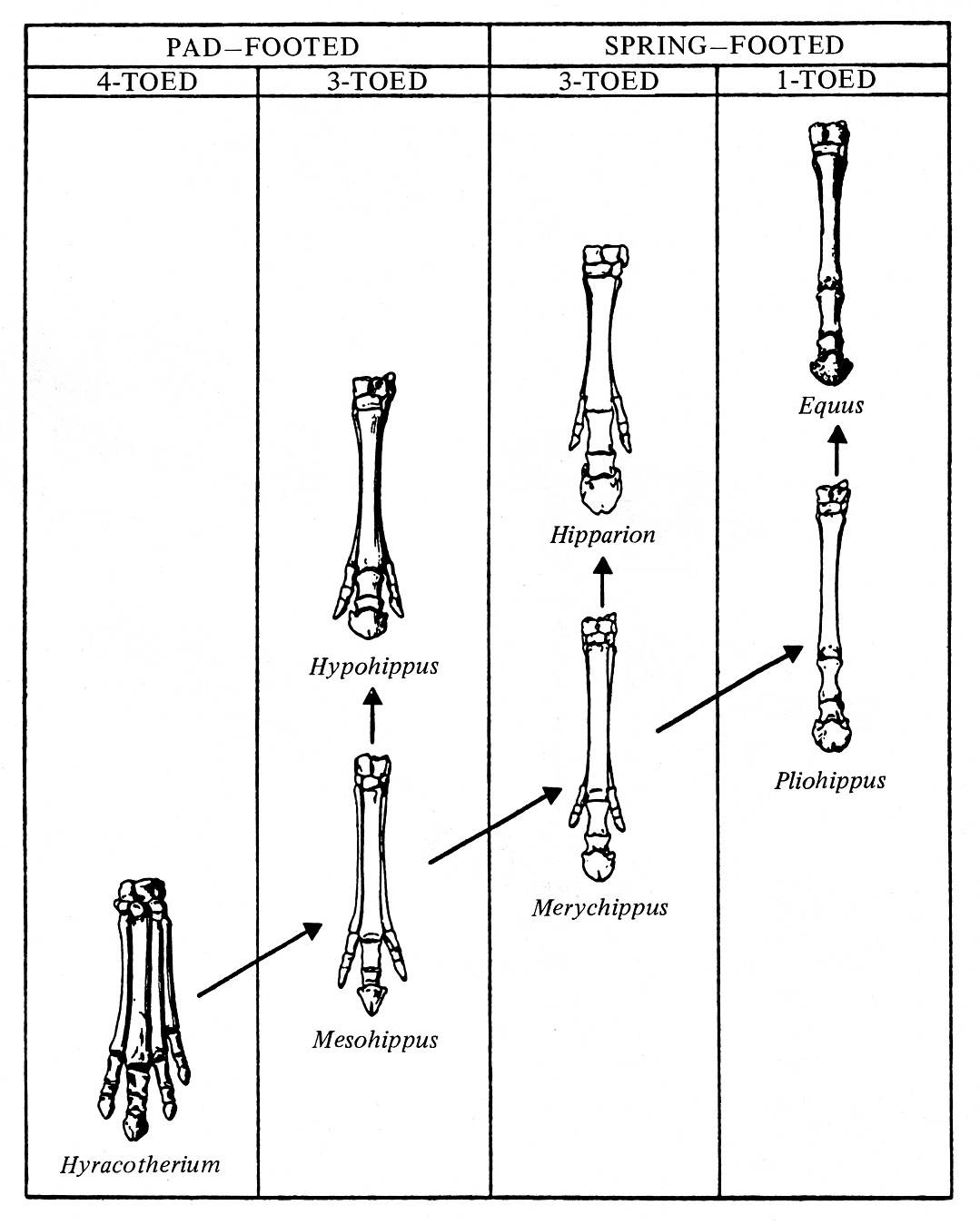Biological Concepts — Lab 5 online
EVIDENCES FOR EVOLUTION
|
Instructions: Study all the visual information in this online lab, plus the accompanying explanations. Be prepared to answer a few "check-in" questions to show that you were paying attention. |
Geographic Distribution:
|
CONTINENTS: Each continent has a unique fauna (of animal species) and flora (of plant species).
For example, South American mammals (shown below) are unrelated to the mammals of other continents,
and they are instead related to one another, even in very different climates. These facts impressed Darwin
as incompatible with the environmental determinism of Lamarck, Geoffroy, and others.
Creationists like William Paley had no explanation for why God had created different types of flightless
birds on different continents, when the one best type everywhere would have been simpler and more in keeping
with their theories. |

South American mammals
Darwin quotation: "deep organic bond"
|
ISLANDS: Oceanic islands have many fewer species than mainland areas at comparable latitudes, and many whole groups
(such as amphibians, or heavy ungulates) are characteristically absent. Contrary to the expectations of environmentalist
theories (like Humboldt's or Lamarck's), islands similar in climate and geology do NOT have similar inhabitants.
Instead, island species have their closest relatives on the nearest mainland, and Darwin hypothesized that their ancestors
had originally come from those mainland populations. Moreover, on each group of islands, there was often an
adaptive radiation, producing a cluster of related species, descended from the original colonists.
For example, the Galapagos Islands has over a dozen species of finches; Madagascar has several dozen species
of lemuroid primates; the Hawaiian Islands have about 250 species of fruit flies (Drosophila), more than the entire rest of the world!
|
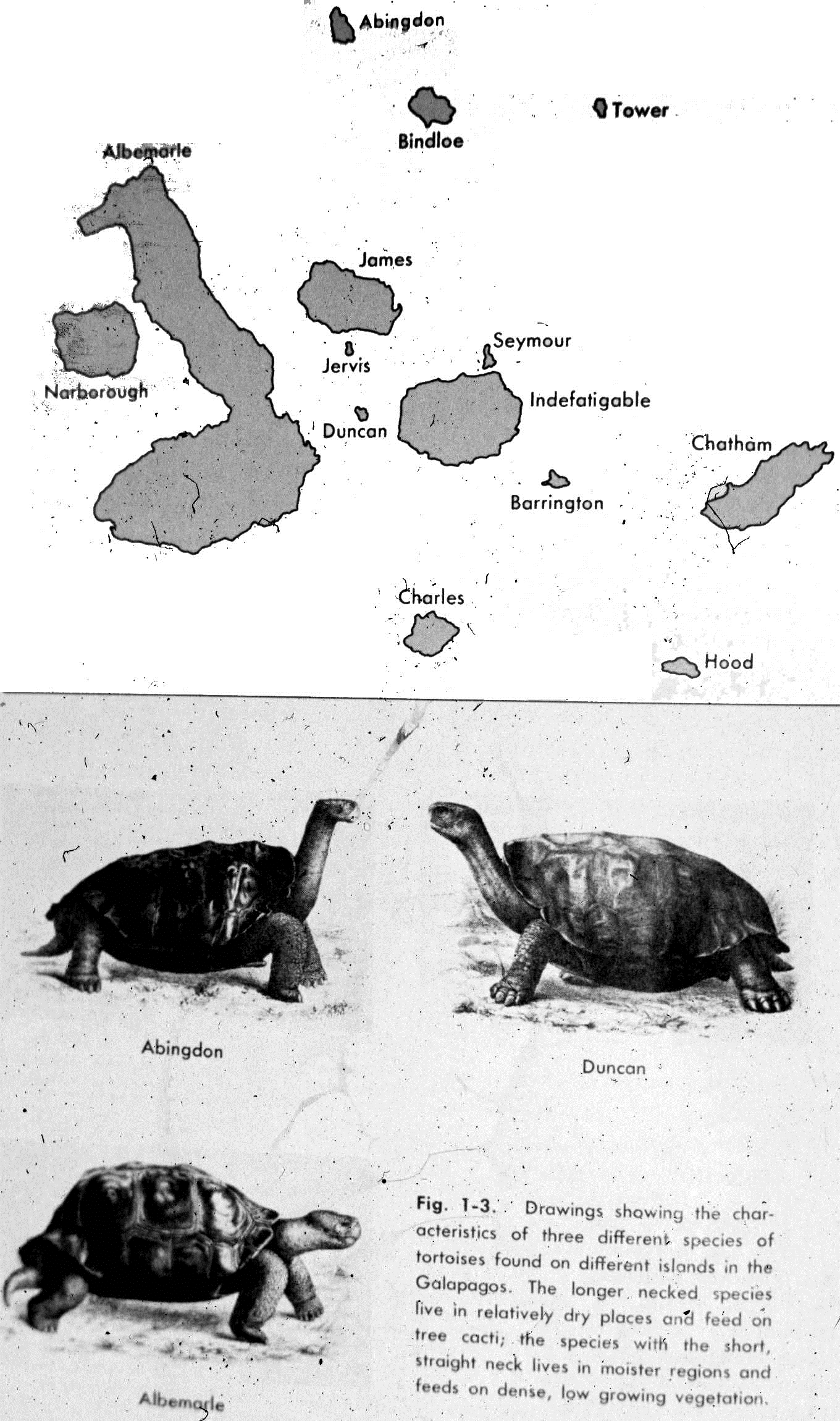

Galapagos Islands; Galapagos tortoises (differing from one island to another);
Galapagos finches (differing by island, by habitat, and by feeding habits)
Darwin quotation: island faunas
Darwin quotation: absence of frogs
Natural and Artificial Selection:
CLICK HERE for a computer-driven
demonstration of Natural Selection.
|
Darwin studied the variations that animal and plant breeders had produced in the preceding 100 years or so
by artificial selection (for example, among domestic pigeons), and he compared this to the possibility of
nature doing likewise by natural selection. He later elaborated on the possibility that one sex, through their
choice in mating, might bring about sexual selection in the characters of the opposite sex.
|

Within historic time, selection by plant breeders
has produced all these varieties of the plant genus Brassica:
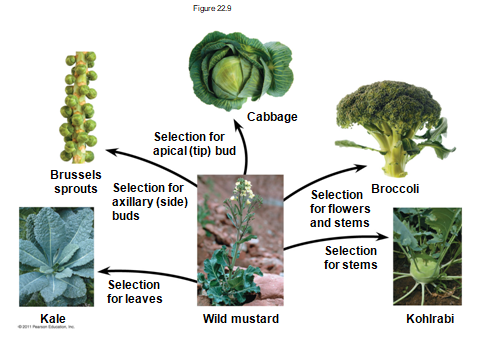
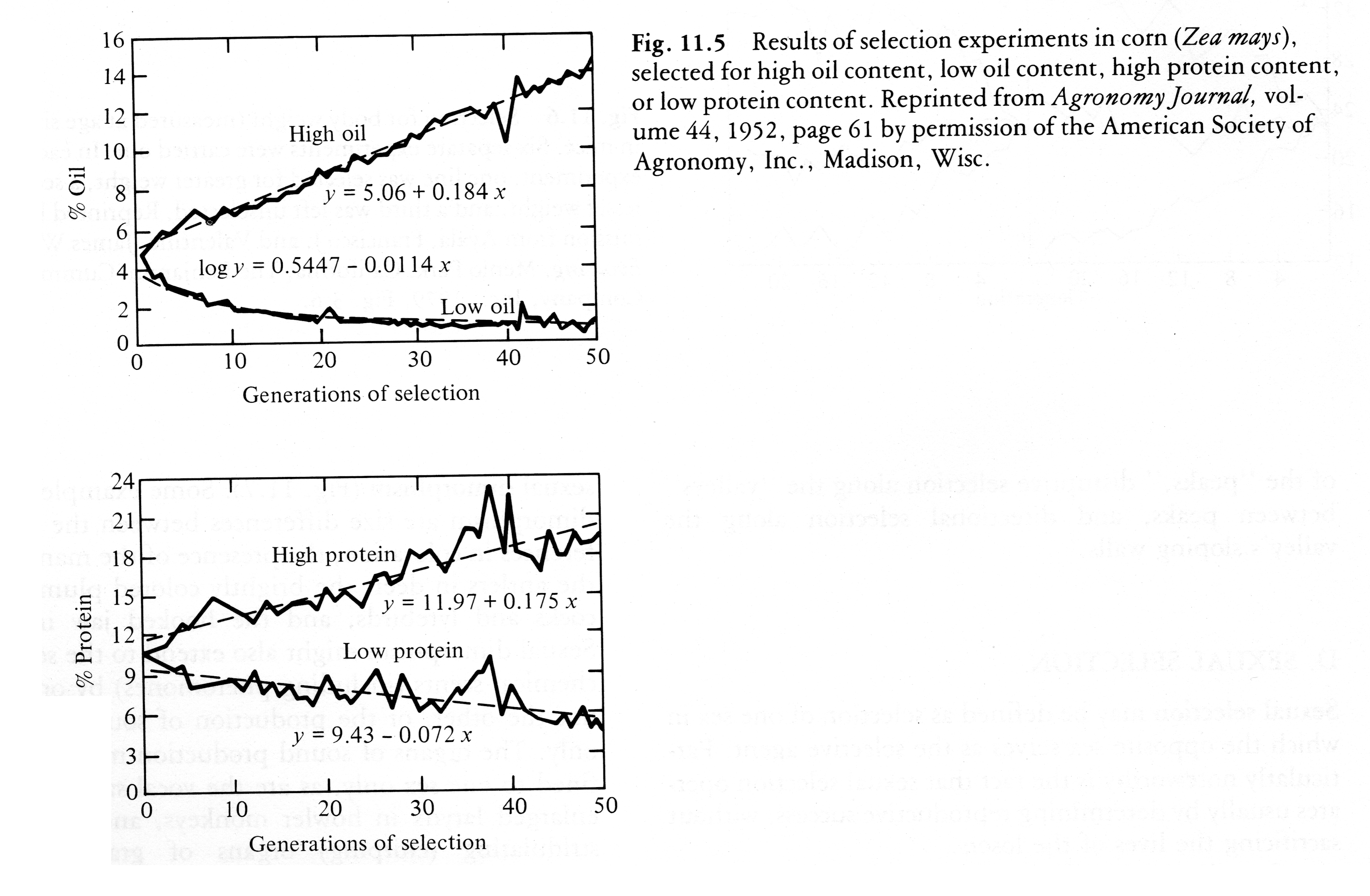
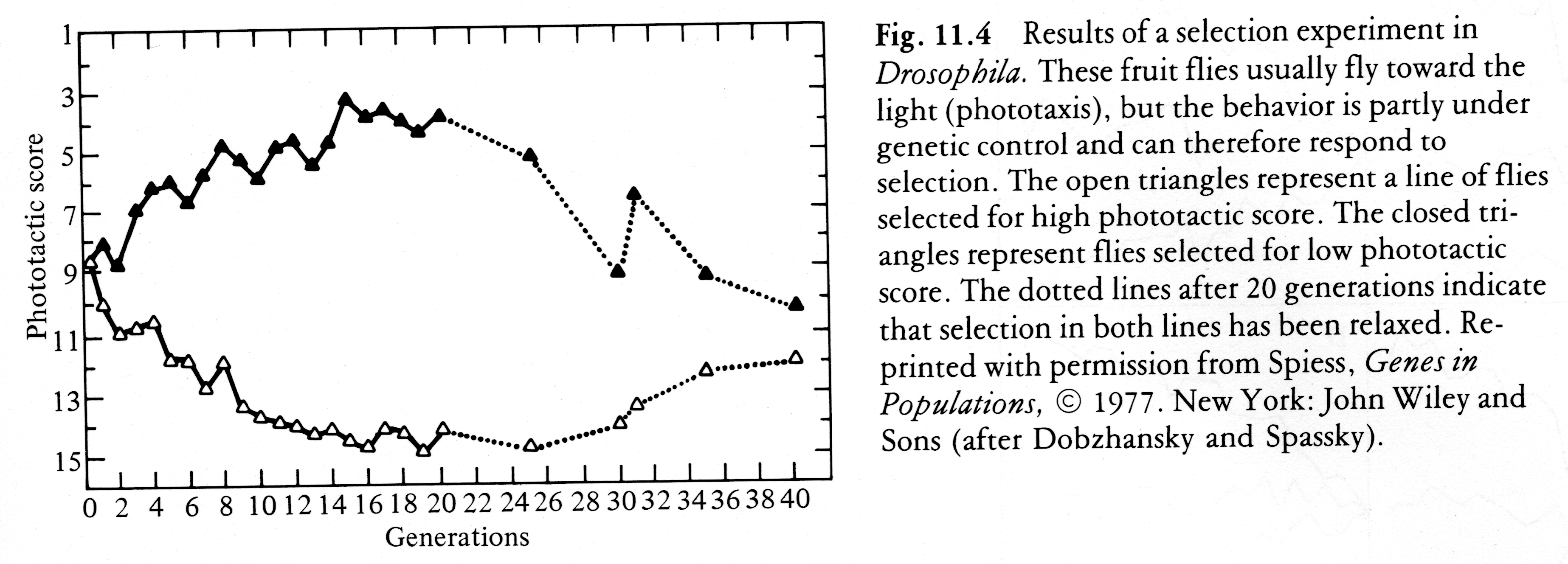
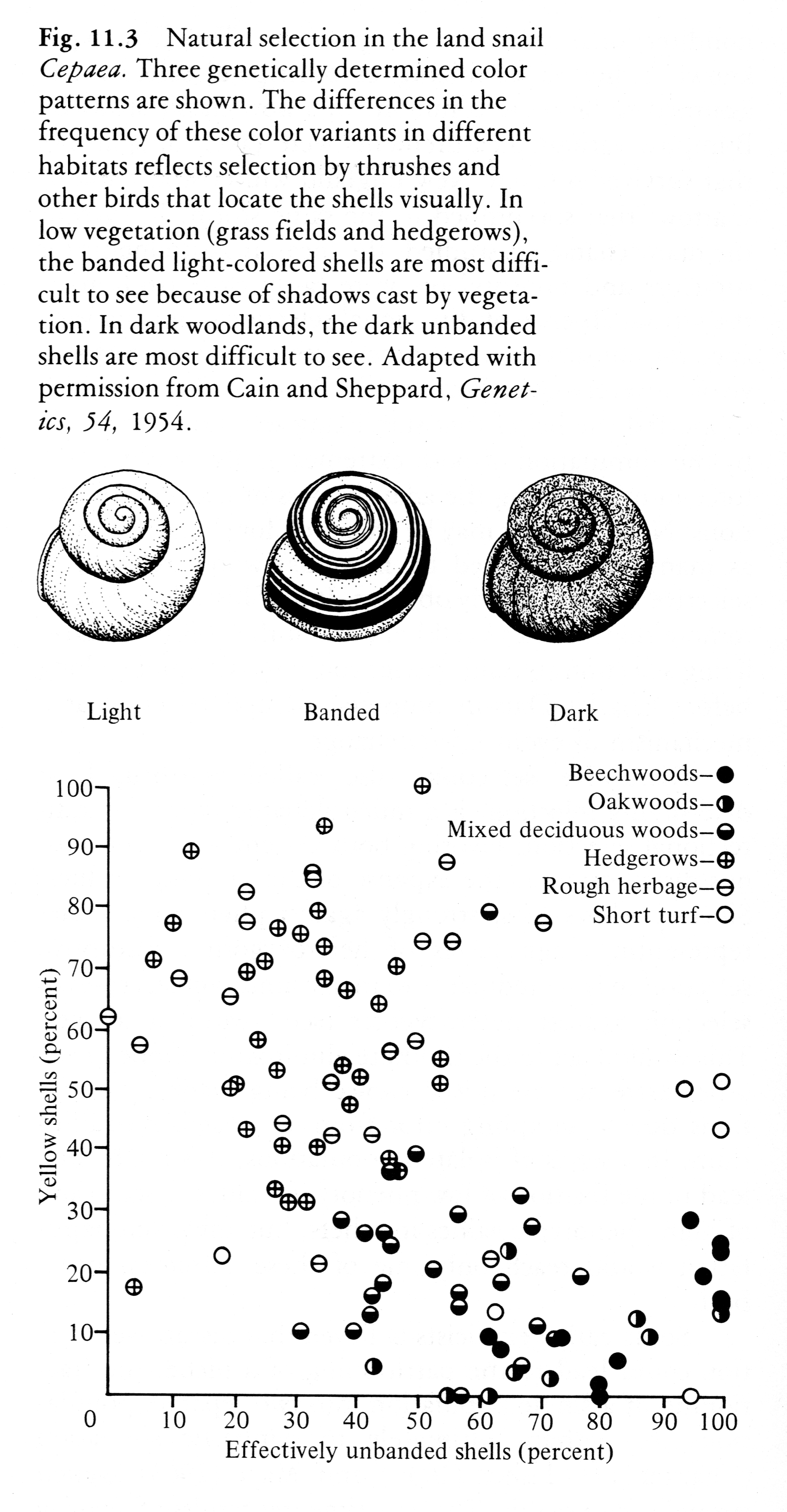
The following are two cases of centripetal (stabilizing) selection,
in which selection favoring values close to the mean results in reduced variance.
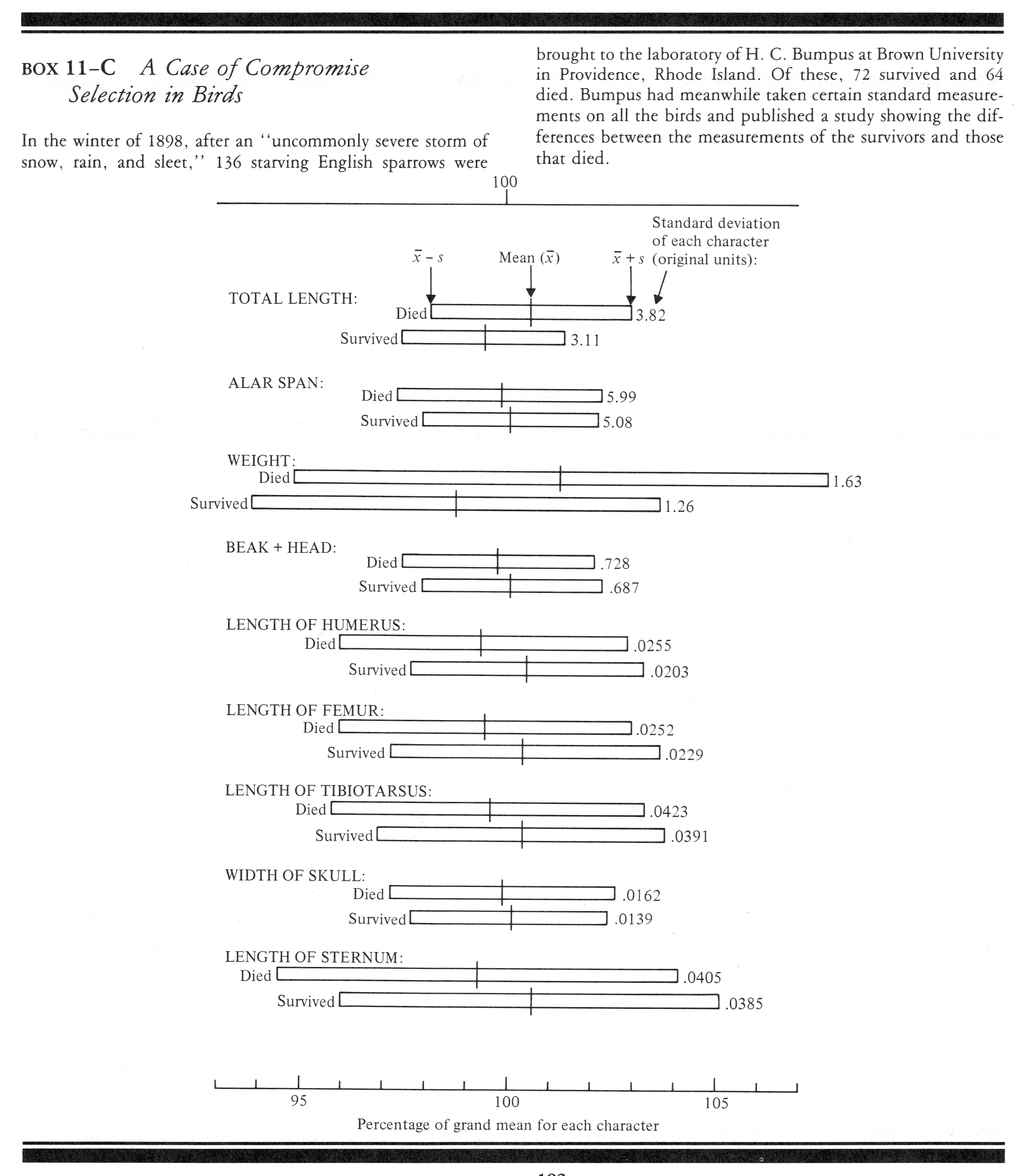
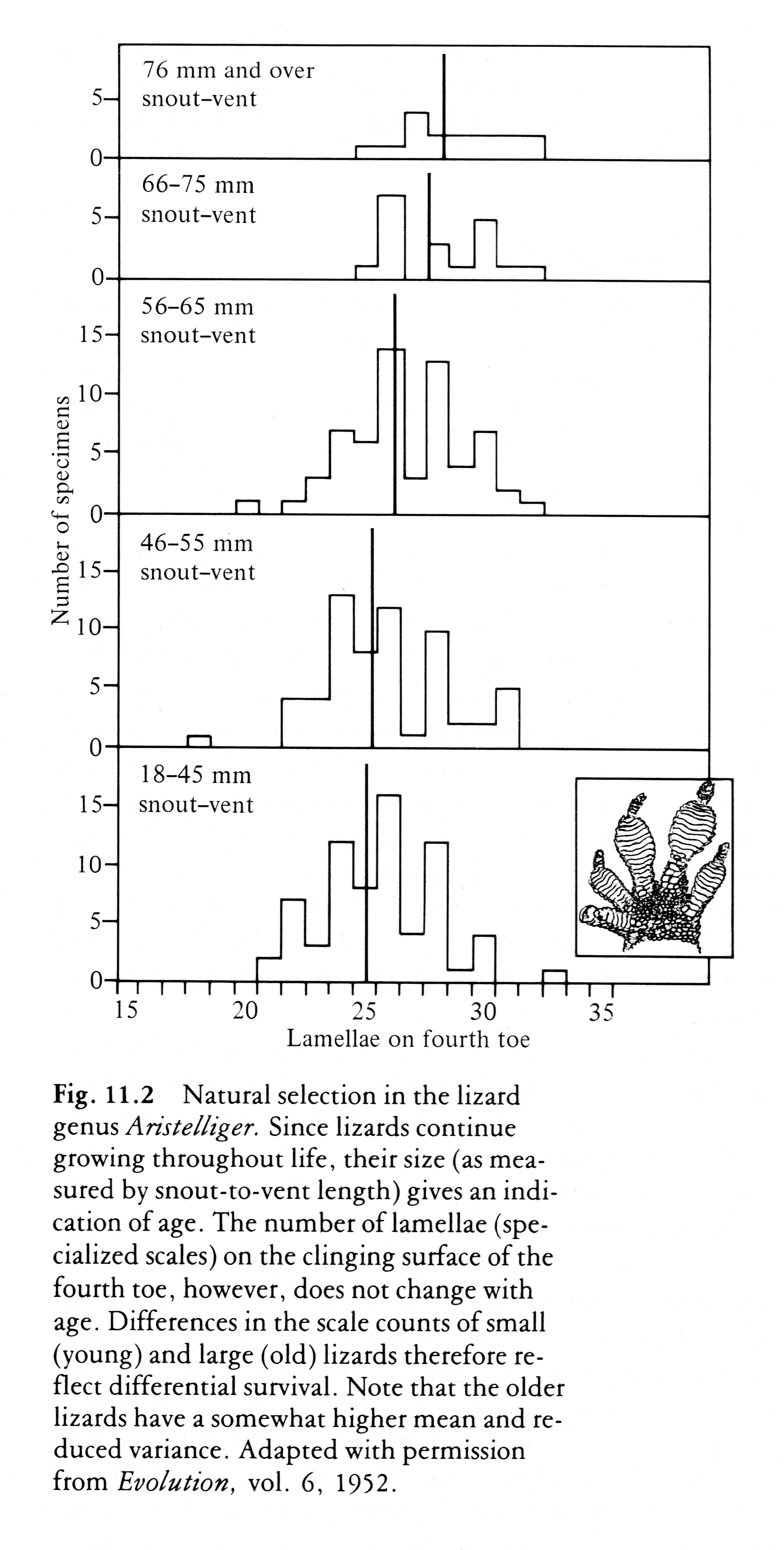
The following are two cases of ornate displays resulting from sexual selection.

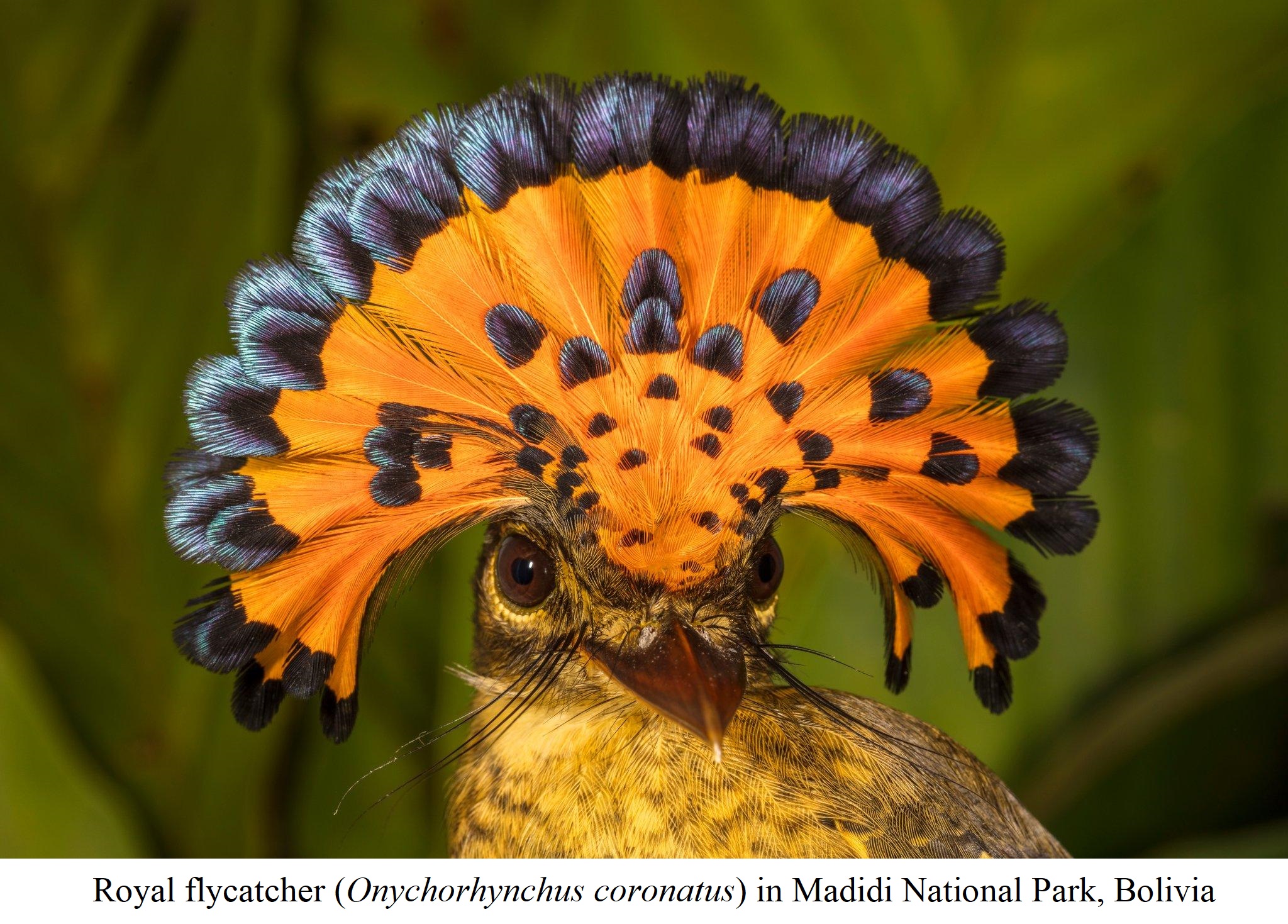
Industrial Melanism (Natural Selection in action):
|
Natural selection by bird predators favors the survival of moths and other insects that are camouiglaged against
their backgrounds. When pollution by soot coated the tree trunks downwind from the industrial factories
of England, natural selection favored black (melanic) moths in polluted habitats. However, in habitats where there
were no factories and where the trees maintained their original cover of light-colored lichens, the original light colors were favored.
Reduction of pollution has changed the situation back again, so that the dark (melanic) moths are now rare everywhere.
|
 Light and dark (melanic) moths on a lichen-covered tree trunk. Experiments with birds show that they eat more of the melanic moths, which are easier for them to see in this habitat. | 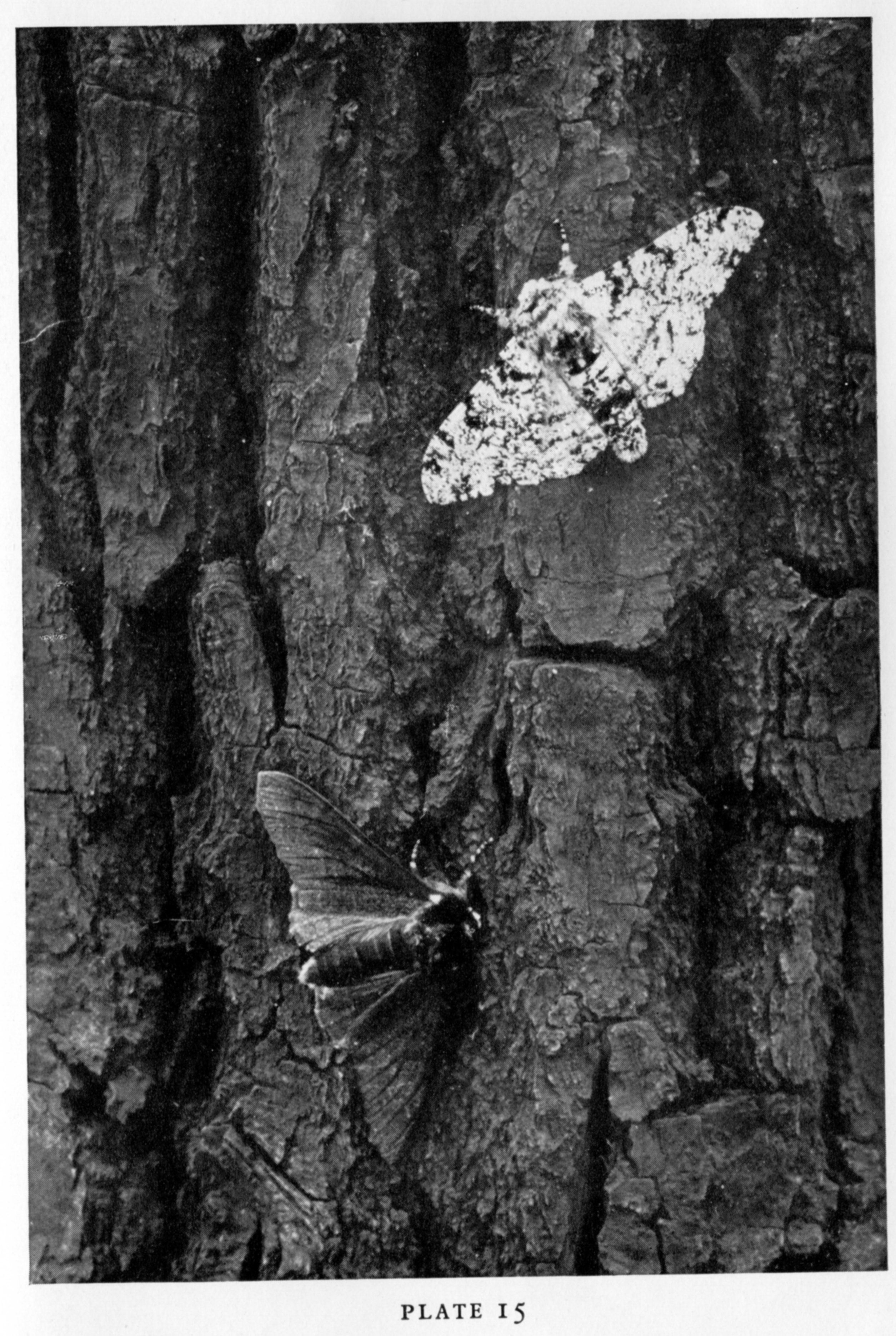 Light and dark (melanic) moths on a soot-covered tree trunk. Experiments with birds show that they eat mostly the light-colored moths, which are easier for them to see in this habitat. |
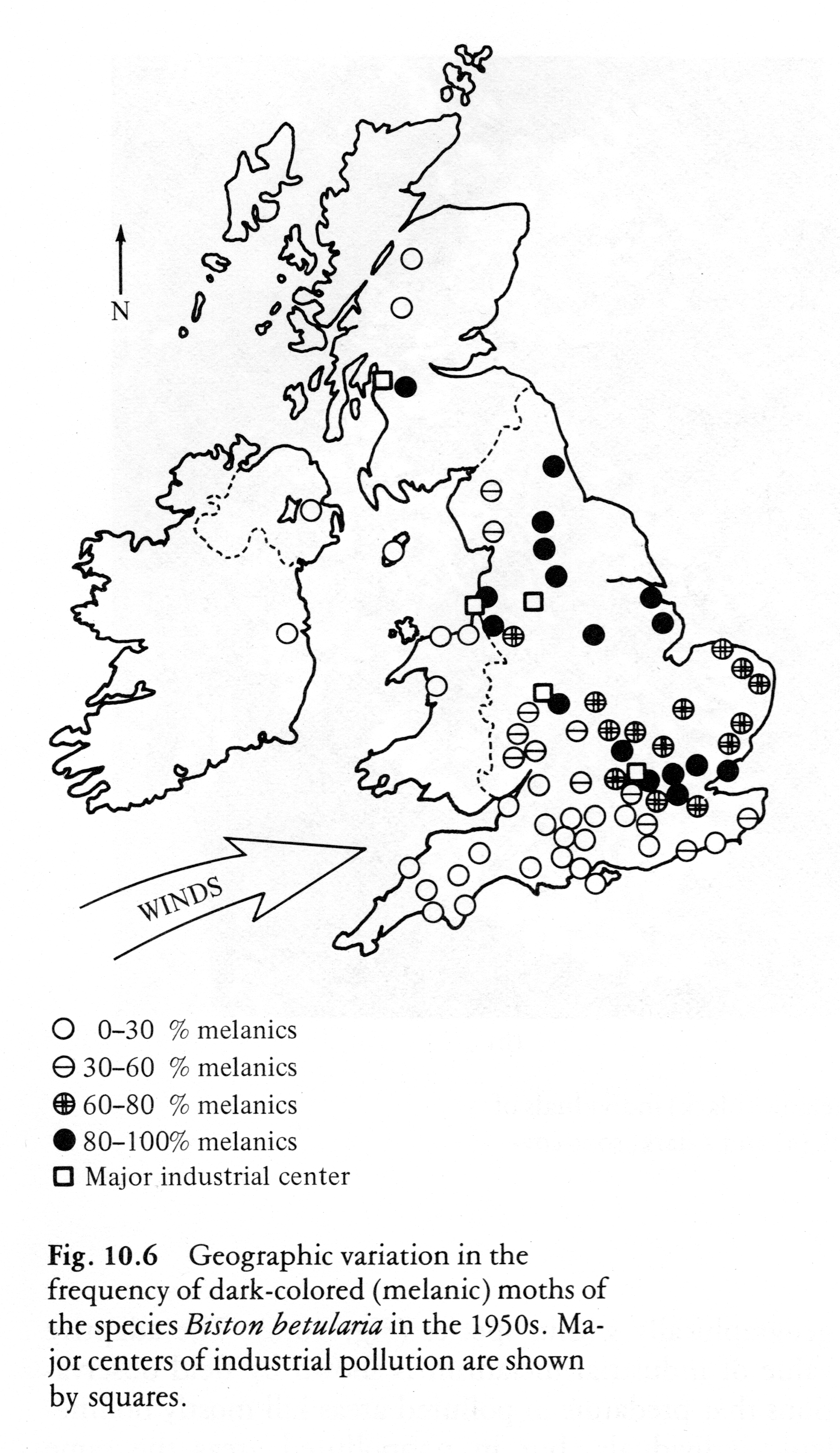
Geographic variation in the frequency of melanic moths.
Mimicry:
|
Predators learn to avoid bad-tasting or harmful species, such as the monarch butterfly, and natural selection favors appearances in other species that
mimic the harmful or distasteful models. A few species even vary geographically, resembling different models in different places.
Experiments with bird predators show that they avoid both distasteful models and look-alike mimics after just one encounter
with the former species. Natural selection explains mimicry very well; no other theory does so.
|

Blue jay trying to eat a monarch, then vomiting:
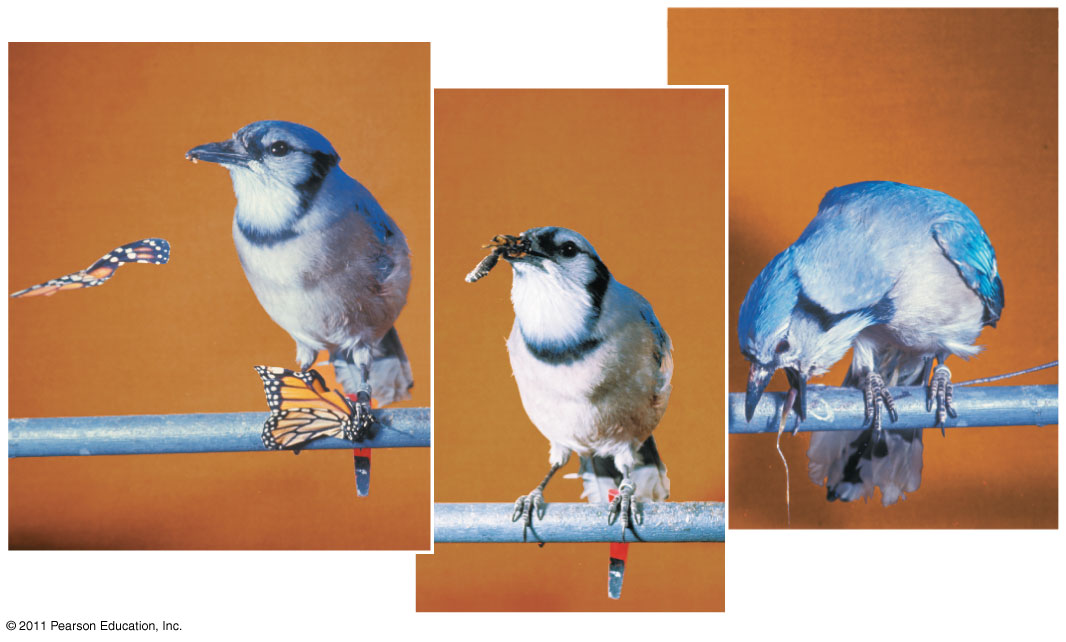
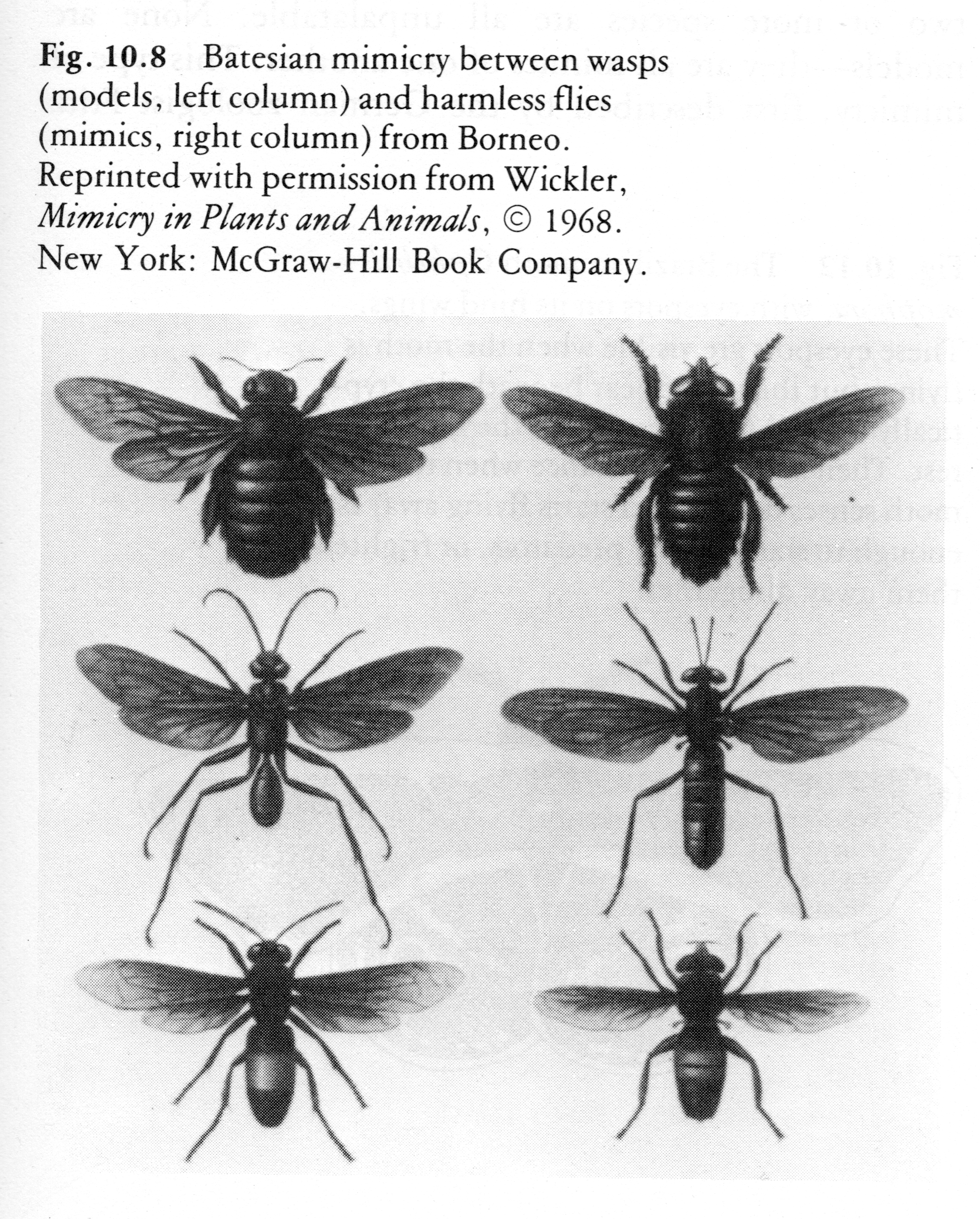

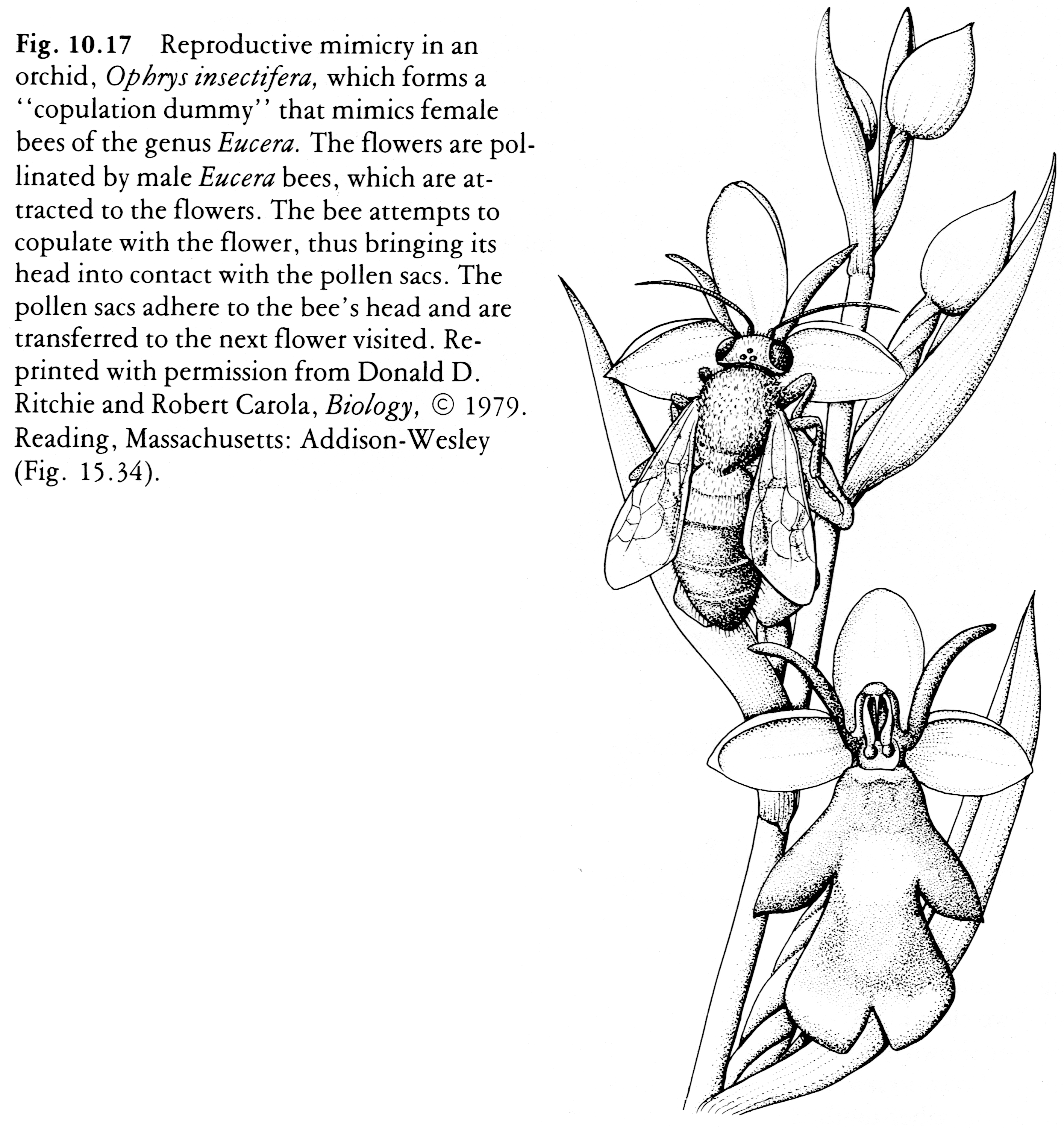
Homologies:
|
Species that share a common ancestor often have structural or other similarities derived from that ancestor.
Structural similarities of this kind (homologies) exist in vertebrate skeletons, in arthropod legs, and in embryological structure.
|
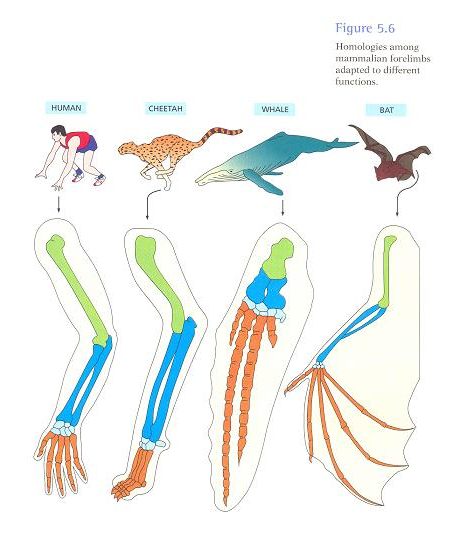

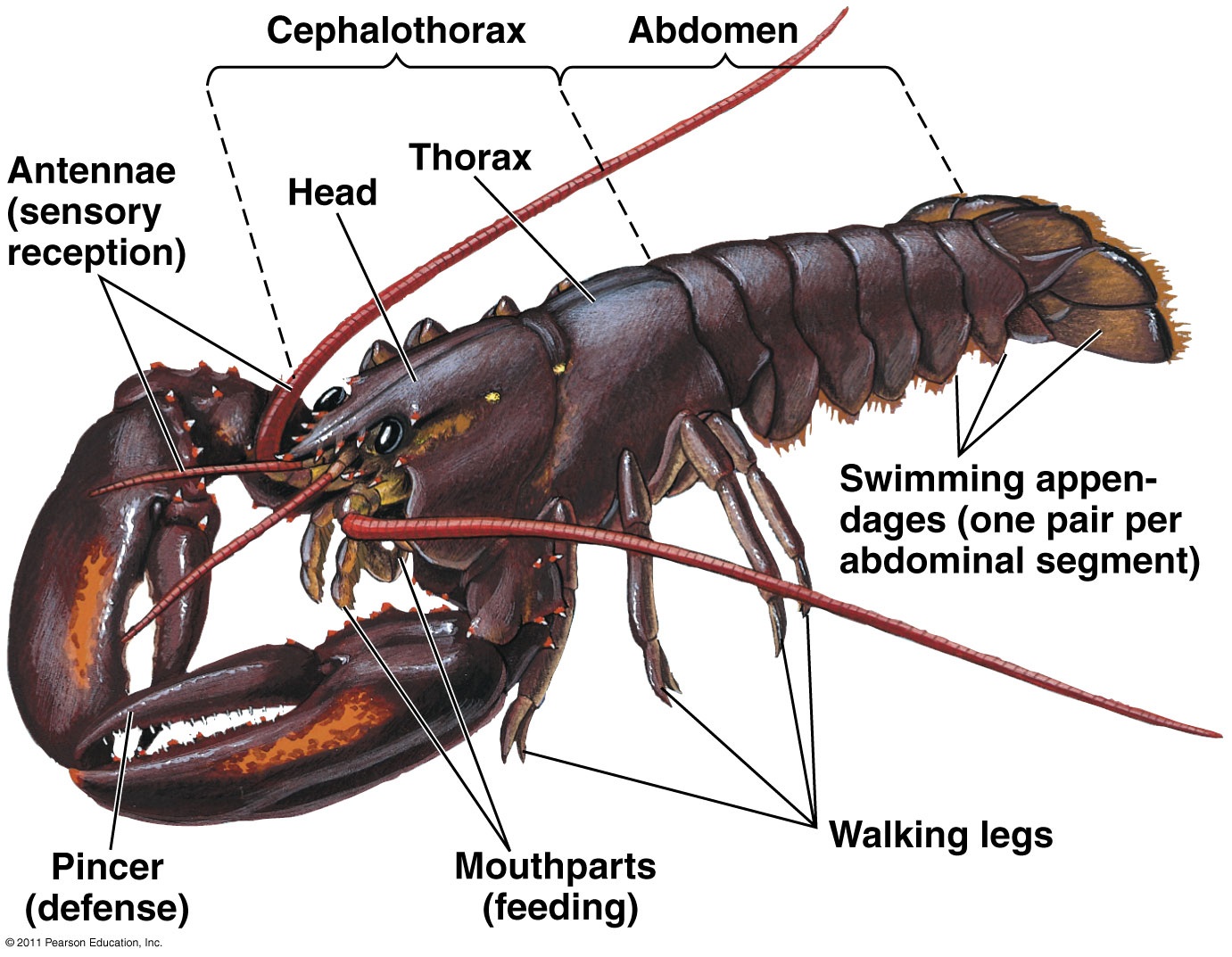
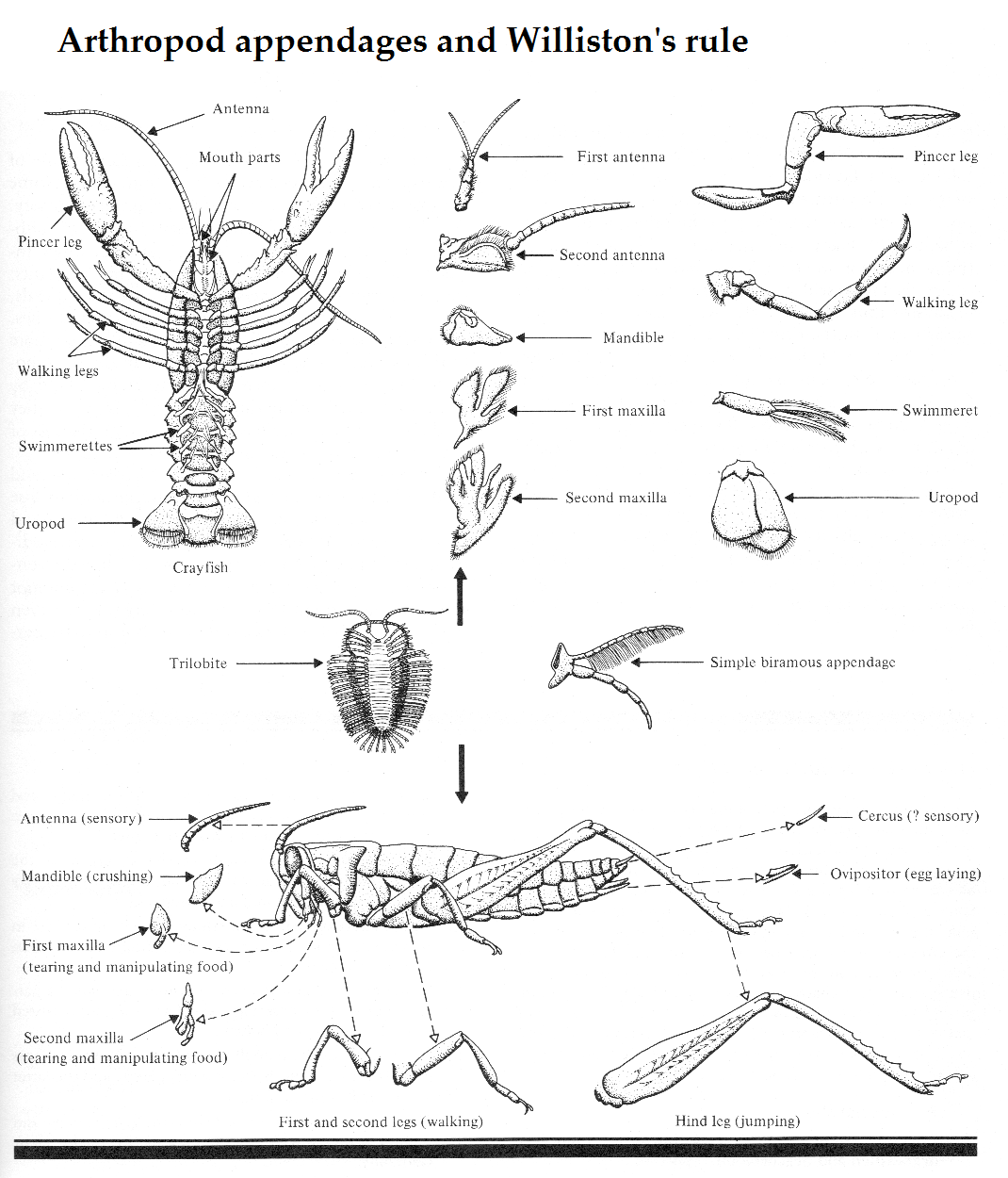
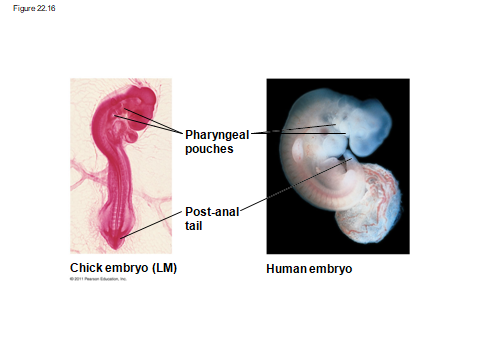
Convergent evolution:
|
Convergent evolution produces similar adaptations in
unrelated species inhabiting similar habitats.
|
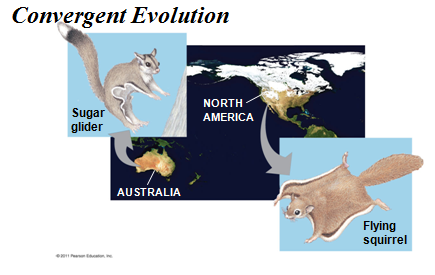
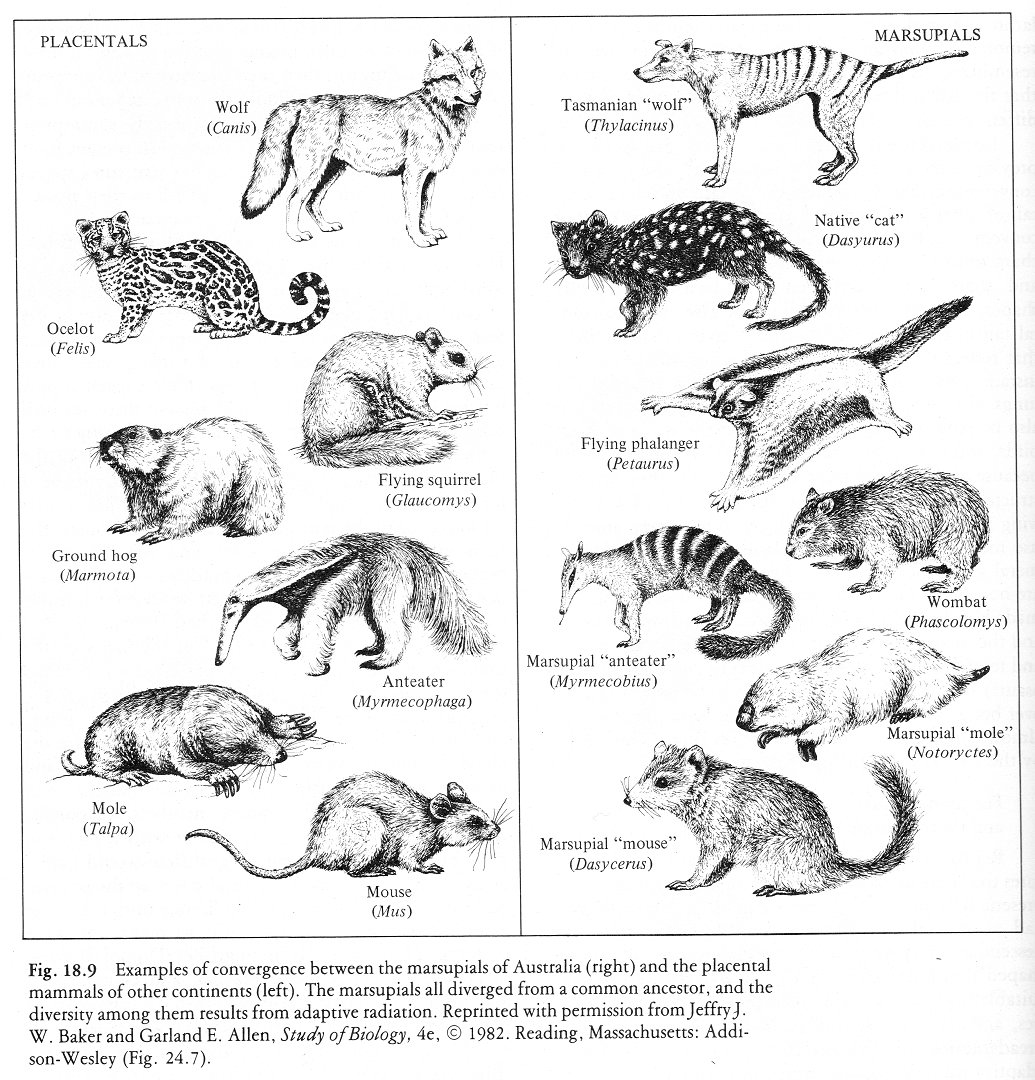
Geographic variation and Clines:
|
Geographic variation shows many examples of adaptation to temperature and other
environmental conditions. Often, these take the form of clines or gradients.
In many cases, they also follow adaptive ecogeographic rules such as
Allen's rule (longer and thinner legs, ears, and other protruding parts in warmer climates,
shorter and thicker protruding parts in colder climates). Even chromosomal variuations
show adaptive geographic trends.
|
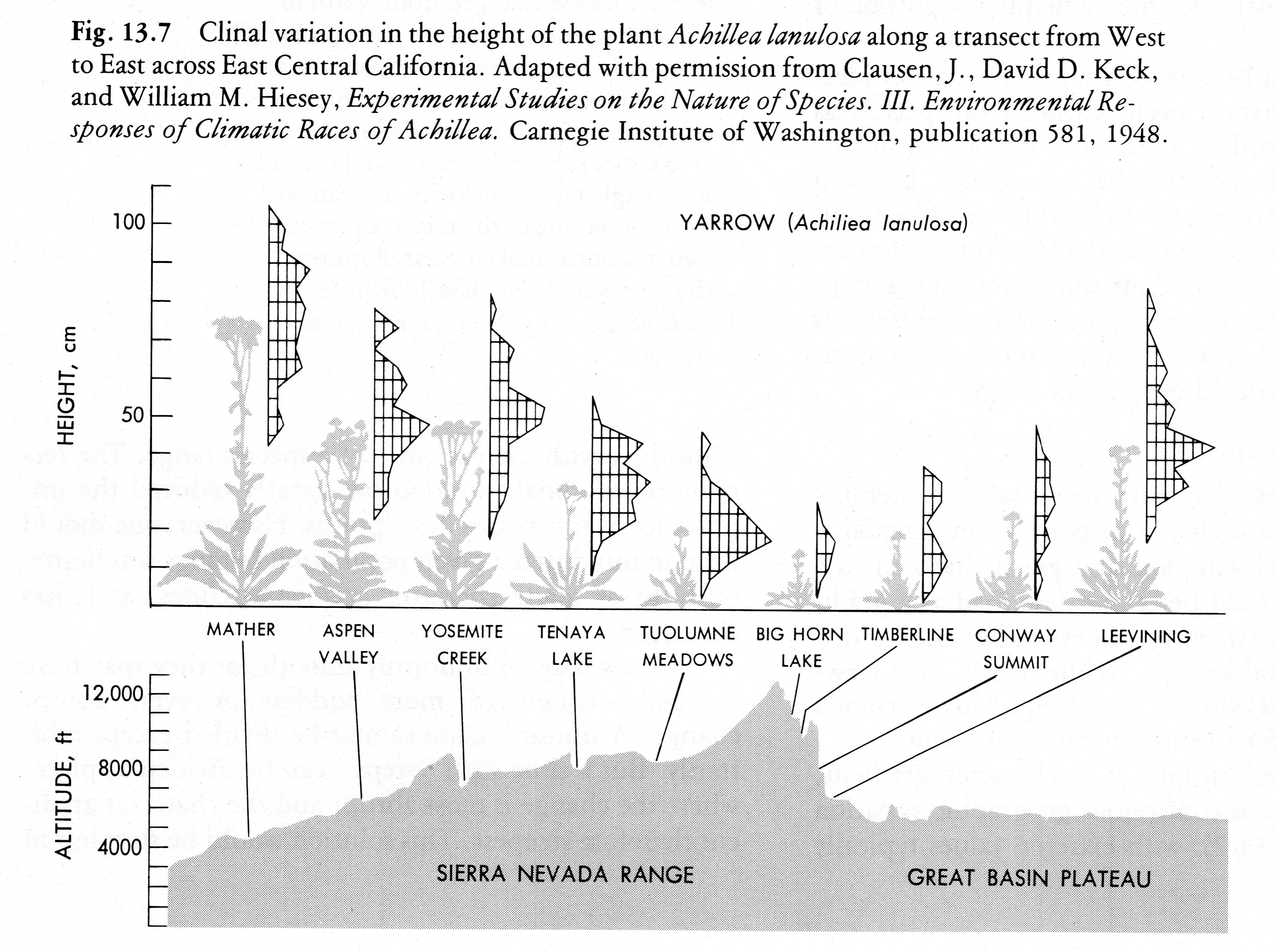

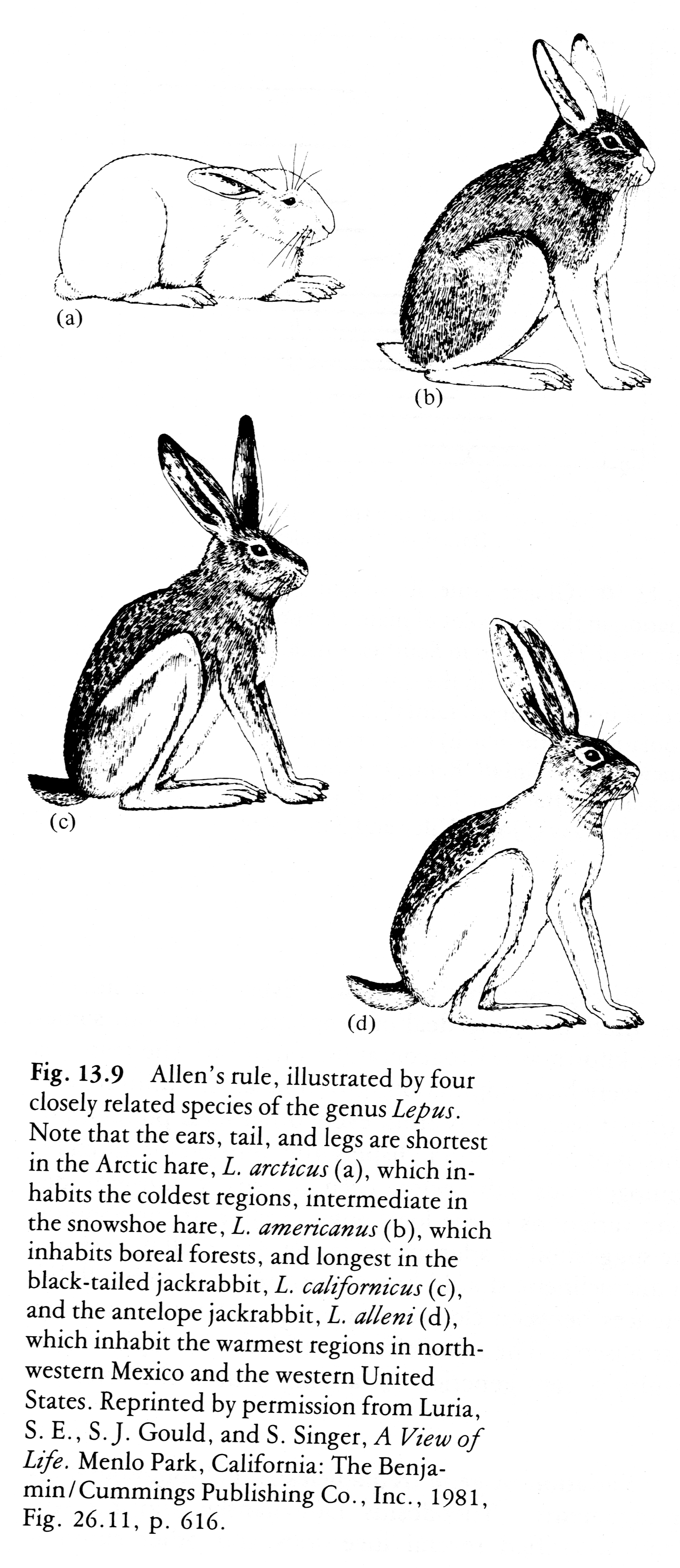
Reproductive isolation:
|
Species are defined as "reproductively isolated groups of interbreeding populations."
Thus, reproductive isolation (mechanisms that restrict or prevent interbreeding) helps define species,
and the origin of species requires the origin of a new reproductive isolating mechanism.
In nearly all cases, a period of geographic separation is needed for this to happen.
|
by differences in their breeding seasons.

Here is an example of several species of fireflies, reproductively isolated
by differences in the flashing patterns that they use to attract mates.
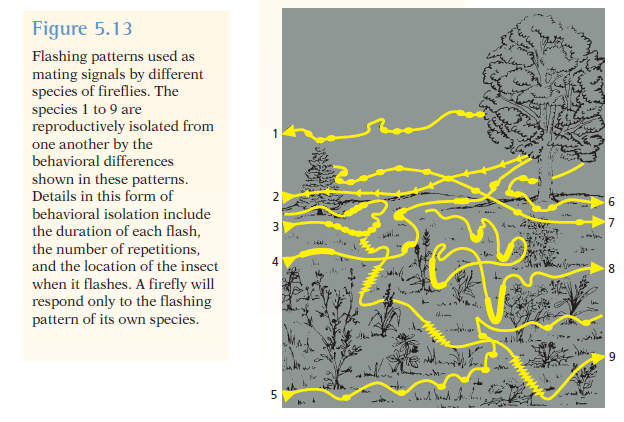
Evolutionary trends and Adaptive radiation:
|
Continued changes (evolutionary trends) can often be seen in the fossil record.
So, too, can adaptive radiation, which is evolutionary diversification
among the several descendents of an ancestral species. Species on islands (see above)
also show adaptive radiation producing clusters of related species.
|

Adaptive radiation among antelopes in the Democratic Republic of Congo:
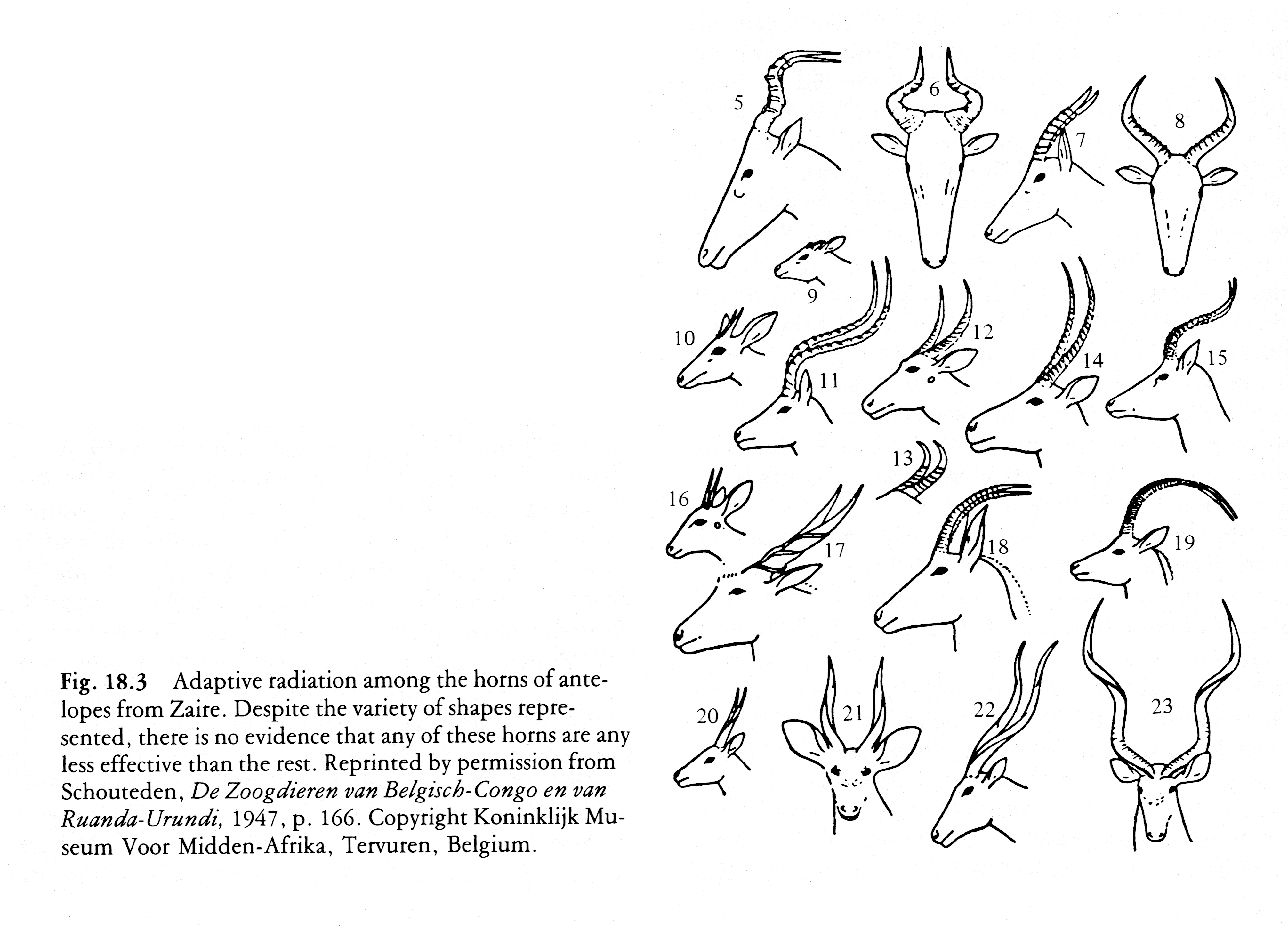
Adaptive radiation often produces branching patterns among species:

Adaptive radiation and trends in the evolution of horses (family Equidae):
